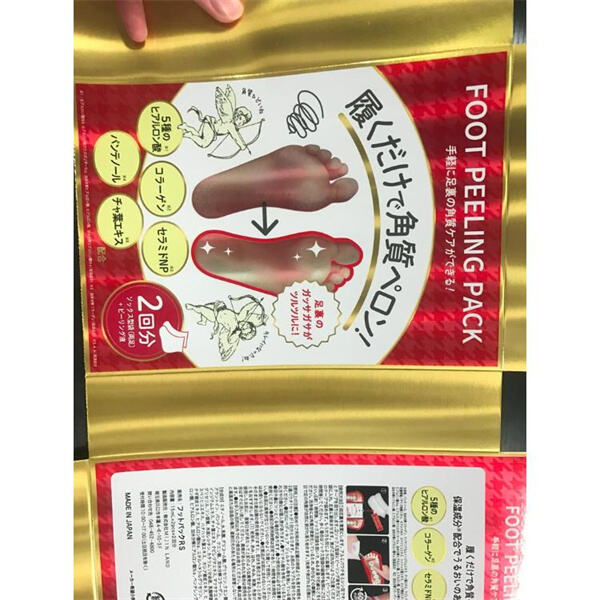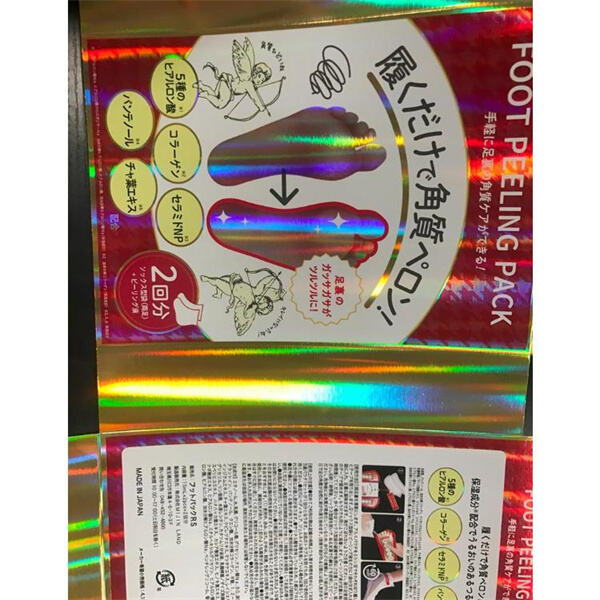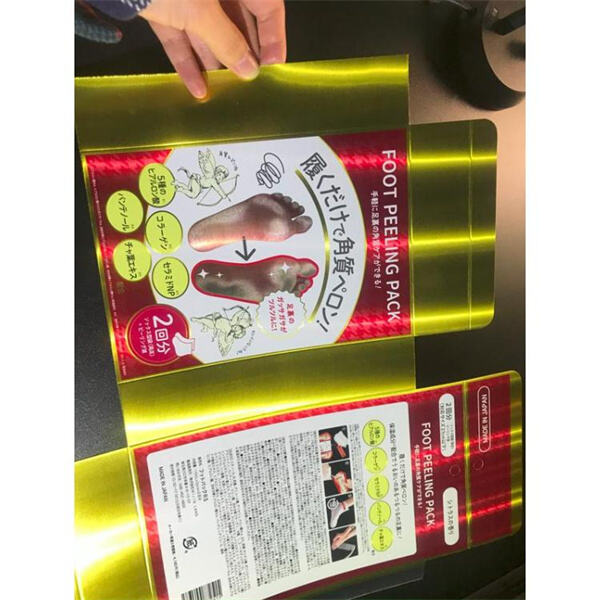A readong of your favourite lip balm or shampoo? Because, that little label carries all the information you need to know about what are YOU using. A label can not only tell you what the product is, but also how safe it is for your health. If you would like some assistance with understanding the labels on your products, here is a handy-dandy guide!
You look at cosmetic labels to know what is in the product. All of the ingredient in that product are going to be listed on their label and you could easily tell if there is something which may possibly not safe for you. Not every skin or hair type can needs to go with few ingredients that might not be right for them. Examples of this can look like your known allergen to something or you have really sensitive skin, so it's possible that some ingredients may cause an issue. For you and others at home with food allergies, the label can be a guide to whether or not an item has something in it that is harmful for your stay away list.

Cosmetic labels are super easy to read! This is actually really easy once you know what to look for! First, look at the list of ingredients. For instance, ingredients are often listed with their official names that might not be easy for everyone to comprehend. If they have complicated names, it is probably best to not buy the product. And, as always check the Expiry date on packaging. It will be using the products that are expired and it can mess up your skin or hair. If a product is past its expiration, it's time to toss and move on.

This is the ways how cosmetic labels assist us in our daily lives. They lead us into the choices of what we put on our skin and hair, most impactfully to human health. How would we know a product is expired or contains harmful ingredients without labels? Labels also help us keep track of different products. So, if you come across one such important ingredient in two, you could always compare the labels of them to see what fits your requirement best. This helps you choose wisely and pick the model that best fits your needs.

Labels are more important in keeping us safe. One who cannot tell clean from dirty will be unable to distinguish the meanest wearable technology of all time in a long line. They color code them to inform us whether a product is hypoallergenic, i.e., it won't lead to an allergic reaction. Labels can also display affordable if a product is good for sensitive skin. Also, the labels can say if a product has been safety tested. An example would be a label stating that the product has been evaluated to determine its safety for use by everyone.
With cosmetic packaging labels, REACH, FDA 21 CFR 176.170, (EU) No 10/2011, TUV OK COMPOST HOME, RECYCLABLE, ISO 9001/14001/45001, CNAS, PATENTS and other environmental protection certificates
English, Spanish, Japanese, Korean and other languages are supported. Support cosmetic packaging labels solutions from materials to finished products.
More than 20 years of foreign trade experience.cosmetic packaging labels can produce a capacity that can go as high as 200,000 tons each year.
Most cosmetic packaging labels the customers come from the world's best 500 companies